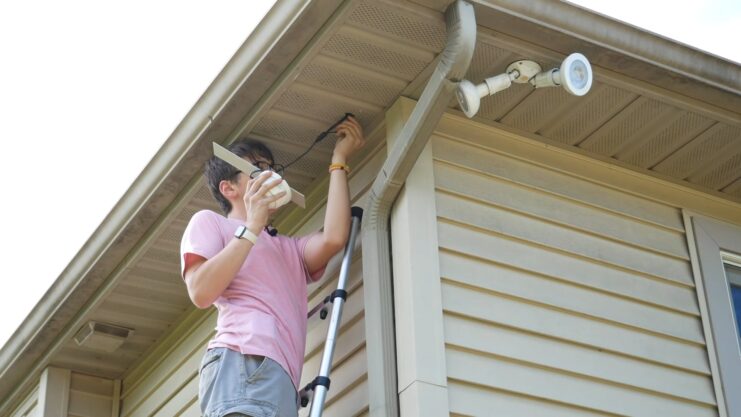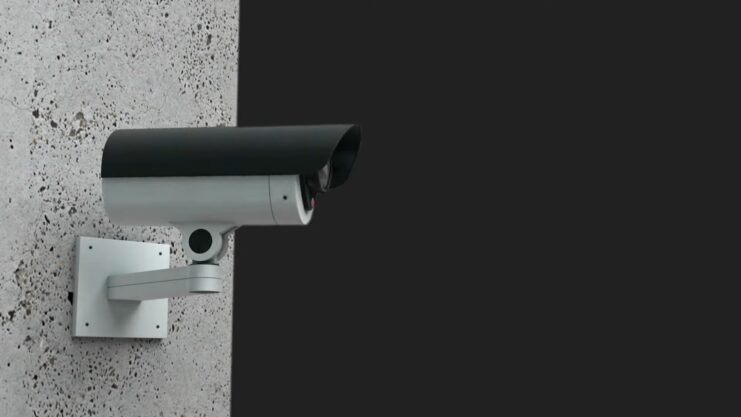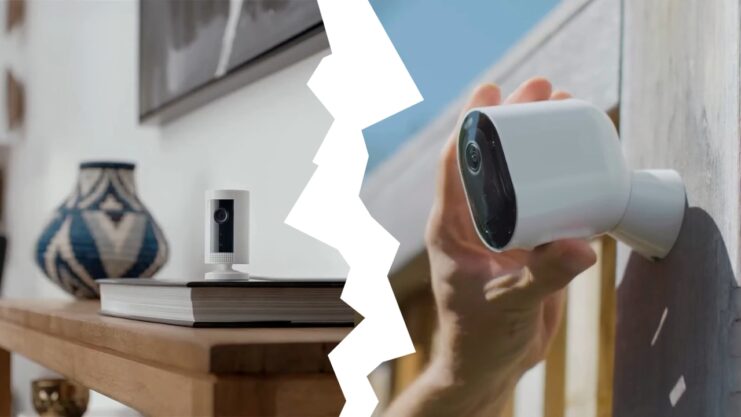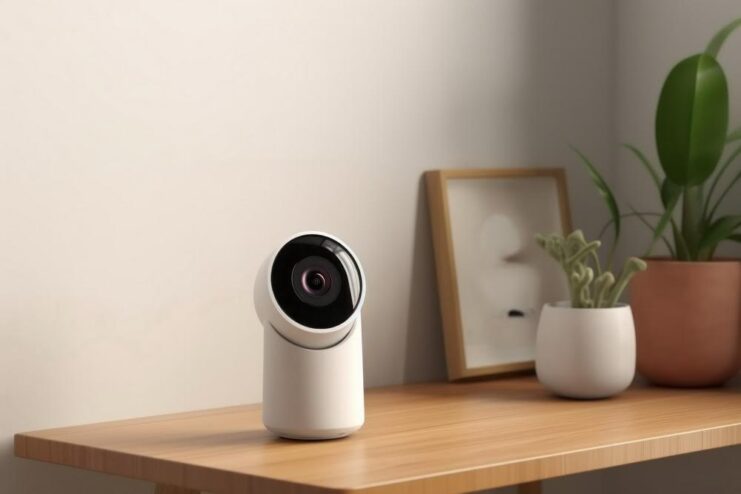I am old enough to remember when the only home security systems available to U.S. consumers were hard-wired systems installed by companies that also provided 24/7 monitoring. The only cameras back then were CCTV, and they sent video data to old-school recorders. A lot has changed.
These days, thanks to the expansion of smart home technology, we have so many more choices for buying video surveillance cameras. Vivint, known around the country as a home security and smart home provider, recently published a post discussing several different categories of consumer video cameras. It is a great read. We are bringing a few points from that one.
Wired and Wireless Cameras
If we were to divide all video surveillance cameras into categories for easier classification, the top two categories for my money would be wired and wireless. You could think of this particular aspect in three ways: wired versus wireless in terms of power source, data transfer, or both.
Wired

A wired camera could be wired in the sense that it is hooked into a home’s electrical system. There is no need to plug it into a wall socket or use of battery. But a wire camera can also be wired in the sense that it transmits data to a storage facility by way of an ethernet or coaxial cable.
The old CCTV cameras were wired in both ways. They were hardwired to the electrical system and relied on coaxial cable to send images to another location, be it for storage or live monitoring.
Wireless

Wireless cameras are the exact opposite. In terms of power, they can run on batteries. In terms of their data transmission, this is accomplished through a wireless network. These can utilize Wi-Fi, Bluetooth, Z-wave, and other protocols.
The interesting thing about wireless cameras is that some of them are hybrid devices. They transmit data wirelessly, but they are powered by standard power outlets. They might feature backup batteries just in case the power goes out.
IP and CCTV Cameras
Many companies go one step further by categorizing video surveillance cameras as either IP or CCTV models. Starting with the latter, ‘CCTV’ is an acronym that stands for ‘closed-circuit television’. The technology is considered closed-circuit because a CCTV camera has a direct and exclusive connection to the monitoring/recording device.
Cameras that are hard-wired for both power and data transmission are almost always of the CCTV variety. Their main advantage is that they fail less frequently. But with the state of modern wireless technology, failure is not as big a concern as it used to be.
More About IP Cameras
As for IP cameras, they are so named because they are identified on a wireless network by their unique IP addresses. An IP camera doesn’t have an exclusive and closed connection to the network device receiving its signals. Rather, it transmits data across a shared network. Keeping every device on that network separate is a matter of assigning an individual IP address to each one.
There are multiple advantages to this sort of arrangement, not the least of which is being able to access an IP camera from just about anywhere. How so? It turns out that every device with online access can be located through its unique IP address. That explains why you can monitor your wireless home video cameras from anywhere using your cell phone.
Fixed and PTZ Cameras
Another way you can differentiate between cameras is to categorize them as either fixed or PTZ. A fixed camera is just as its name implies. Once installed, it remains stationary. It offers a single view which may or may not be adjustable in terms of zoom.
As for the PTZ camera, ‘PTZ’ is an acronym that stands for ‘pan, tilt & zoom’. Pan determines the view along the horizontal plane (left to right). Tilt determines the view along a vertical plane (up and down). As for zoom, it is assumed that you already know what that means.
The advantages PTZ cameras offer should be obvious. Right off the top, views can be adjusted on-the-fly. But more importantly, these offer programming choices. They can be programmed to show different views at different times. This is important if circumstances change on a predictable basis, so much so that you need to program different views to run automatically.
As for fixed cameras, they are not completely obsolete. They still have their use cases. Take a video doorbell. It is a standard doorbell with a video camera and onboard audio built in. Circumstances do not generally call for changing the view on a doorbell camera, so video doorbells are usually manufactured as fixed models.
Interior and Exterior Cameras

Video camera classification continues with interior and exterior cameras. Both types of cameras do the same thing from a functional standpoint. The biggest difference between the two is durability.
An interior camera is naturally kept out of the elements. It doesn’t have to be able to withstand temperature extremes, wind, UV rays, precipitation, etc. An interior camera does not have to be waterproof. It doesn’t have to be resistant to dirt and flying debris.
As for exterior cameras, they need to be tough enough to withstand whatever nature throws at them. Because they are installed outside and expected to do more work, exterior models are often designed with additional features interior cameras do not offer. Infrared night vision is a good example.
All the Rest
If this post hasn’t given you enough options for classifying video surveillance cameras, you can keep going. There are hidden, shelf, body cameras, and on and on.
One thing they all have in mind is a common purpose: keeping us safer by providing real-time video surveillance. Thanks to home security technology expansion, we have access to more types of cameras than ever before.

